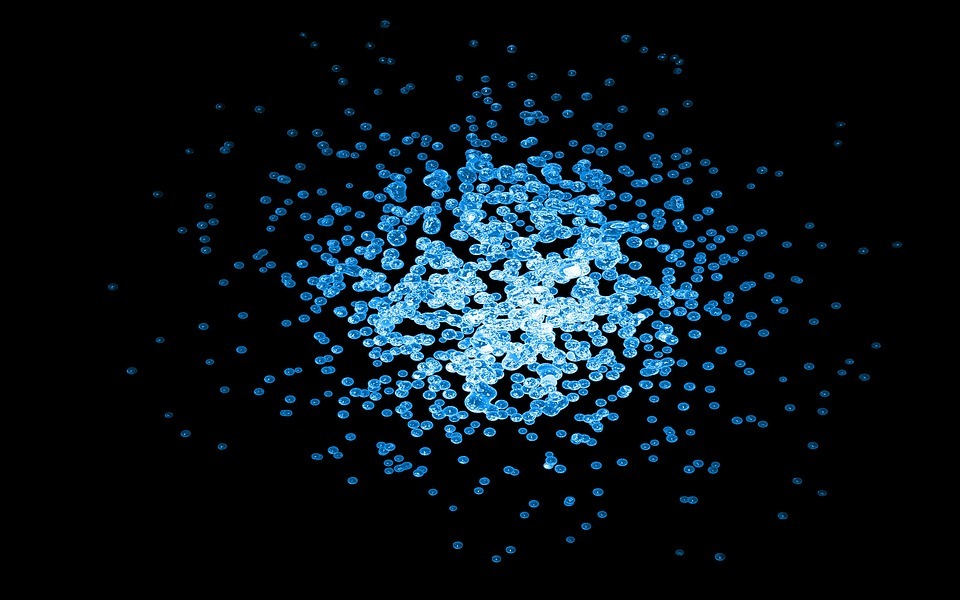
Viruses are falling out of the sky, new research shows.
Viruses are swept up from the ground and transported thousands of miles from their place of origin, before being deposited back onto the surface of the Earth.
VANCOUVER, BRITISH COLUMBIA -- A recent study notes that there is a surprisingly large number of viruses in the atmosphere and that, worse, they are falling from the sky. The study is the first to quantify the viruses being carried into the troposphere, above the planet’s weather systems but below the stratosphere where planes fly at cruising altitude.
These viruses are swept up from the ground and transported thousands of miles from their place of origin, before being deposited back onto the surface of the Earth, as shown by a team of research scientists from the United States, Spain, and Canada. According to University of British Columbia virologist Curtis Suttle, one of the senior authors of the research paper published in the January 2018 issue of the International Society for Microbial Ecology Journal, over 800 million viruses fall down on every square meter (11 square feet) of the planetary boundary layer on a daily basis.
The research team also discovered that the majority of viruses in the atmosphere bore signs of being swept up into the air by sea spray. These particles eventually fall back down and enter homes and buildings, affecting indoor air quality. Viruses are just one of many biological contaminants that can put human health at risk, but fortunately, solutions are available.
To prevent the buildup of biological contaminants inside, say, a crowded school, an airport, or a hospital, the building must be ventilated to ensure that indoor air containing pollutants are released outside. But this also introduces another problem—dirty outside air with high levels of air pollution like smoke, industrial runoff, and, as the researchers learned, even more biological contaminants. This is a problem that industrial and commercial air filtration systems are designed to solve.
“High efficiency air filters can be installed in HVAC systems, filtering out biological pollutants and particulate matter carried by the airstream, preventing them from recirculating back into the room,” says Charlie Seyffer, Manager of Marketing and Technical Materials from Camfil USA, who have been leaders of innovation in air filtration technology for decades. “As unfiltered air flows through the HVAC unit’s ductwork, the air filter captures and holds the airborne pollutants.”
While industrial HEPA air filtration systems are a tried and proven way to capture and remove biological contaminants in indoor environments, going out of your way to minimize the sources of these pollutants, or at the very least, discourage their growth, goes a long way toward maximizing the performance of these air filters.
To learn more about Camfil US commercial air filtration systems for the control of biological pollutants, talk to Camfil USA. Our team can assess your building’s containment needs and recommend the best air filter for the job. You can also explore our product line to learn the benefits of air filters for indoor air quality.
If you are located in Canada, explore our Canadian website for commercial air filtration & public Buildings.
Media Contact
Lynna Laake
T: 888.599.6620
F: Friend Camfil USA on Facebook
T: Follow Camfil USA on Twitter
Y: Watch Camfil Videos on YouTube